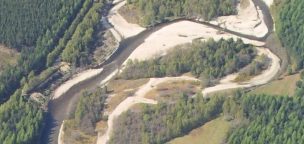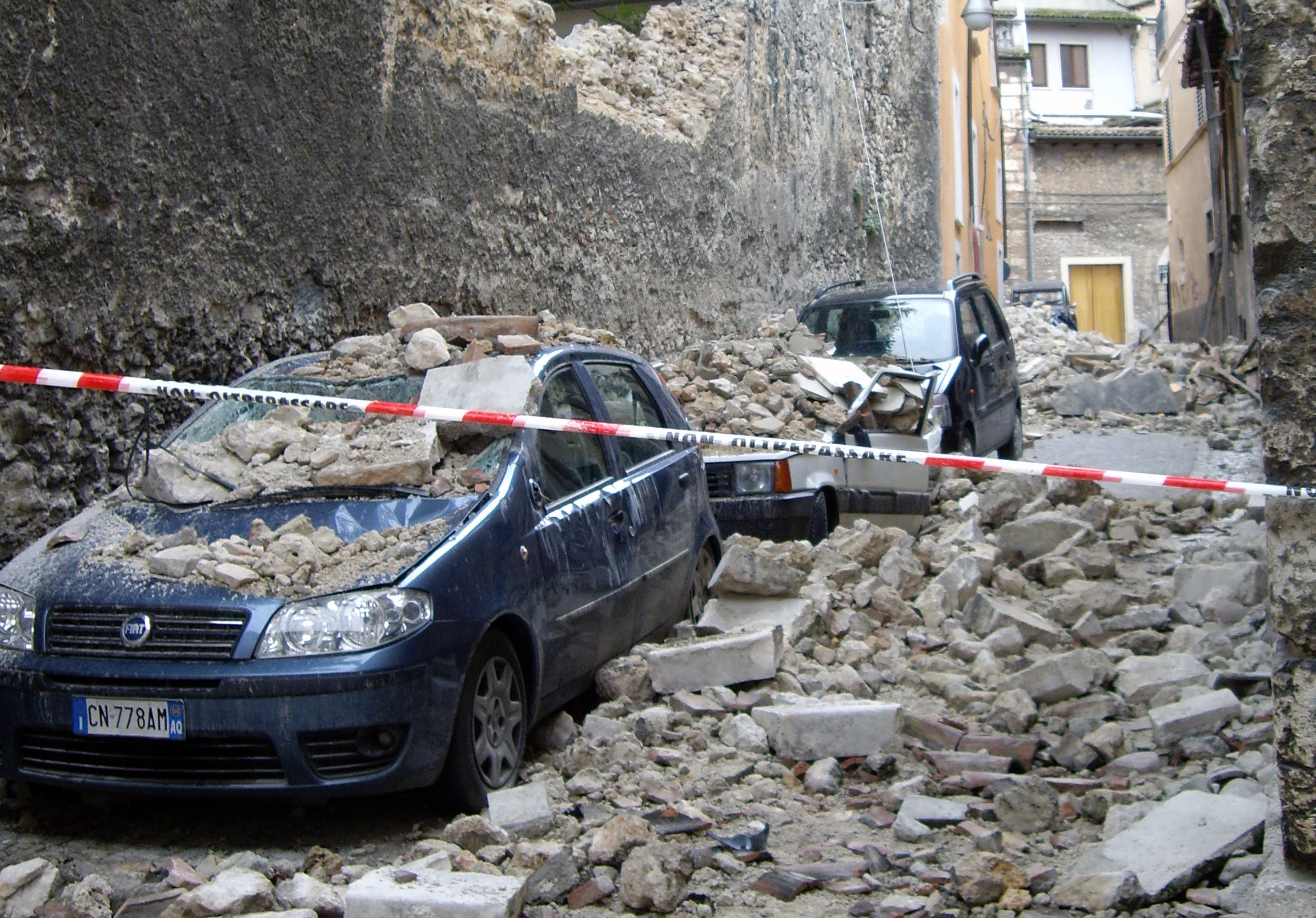Year: 2018
Project Summary: You will develop and utilise a seismic monitoring system to monitor the mobilisation and transport of bedload in mountain rivers to understand impacts on flood hazard and fluvial erosion rates. A full description of the project can be found on the E4 website. Project Background: Rivers that drain mountain catchments carry a bedload […]
Project Summary: You will develop a new Bayesian framework for forecasting the occurrence and evolution of natural hazards by adapting a cutting-edge spatio-temporal modelling package, originally developed for ecological systems. The full project description and details of how to apply for this as a NERC PhD can be found on the E4 website: Forecasting the spatio-temporal evolution of natural […]
In this post, I will just update the plots I showed in Part 1 of this blog. It has been a little difficult as I am relying on information in the public domain – and there have been few authoritative statements made directly by Cuadrilla. I have tried to highlight where I have only partial […]
Professional grade seismometers are expensive, which is unfortunate because I would like to get a small network to experiment with. Thankfully – there is a potential solution. The Raspberry Shake team have been developing low cost seismometer using a Raspberry Pi to manage the software side. There are various flavours of Raspberry Shake. The 1D […]
The public, regulators and policy makers are understandably concerned about the magnitude of earthquakes induced by fracking operations and the risk of any consequent damage that might occur. When a M2.3 earthquake was induced 7 years ago by fracking operations in the Presse Hall project near Blackpool, the authorities responded by imposing tight limits on […]
As a Senior Lecturer at Edinburgh University, one of my research specialties is statistical seismology. This is the study of the statistics of earthquakes. Whilst I really want to know about earthquake process – but it turns out that you need to understand the earthquake data well in order to infer anything that is likely […]
In this post, I thought I would show you how to load some time series data into a Pandas DataFrame. The obvious choice of data is the School of GeoScience’s weather station, archive data is available for it on the web. The met station is positioned on the top of JCMB which has the view […]
This is a difficult post to write because hazard and risk mean different things to different people. I am going to describe what they mean to me as physical scientist who researches natural hazards. What is a Natural Hazard? At the core of my research, I study natural hazards. These are physical events in the […]
If you do any data analysis on a computer, the first step is loading that data into the computer program you want to use to analyse it. This is frequently a frustrating business that is harder than it should be… Below I show two ways of getting data into Python using Pandas DataFrames. The first […]







Recent comments